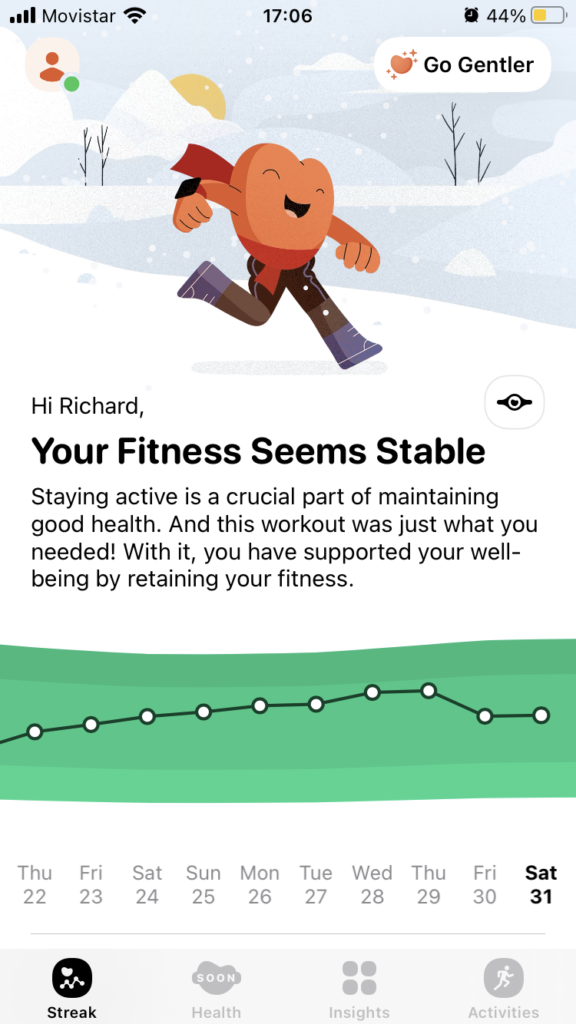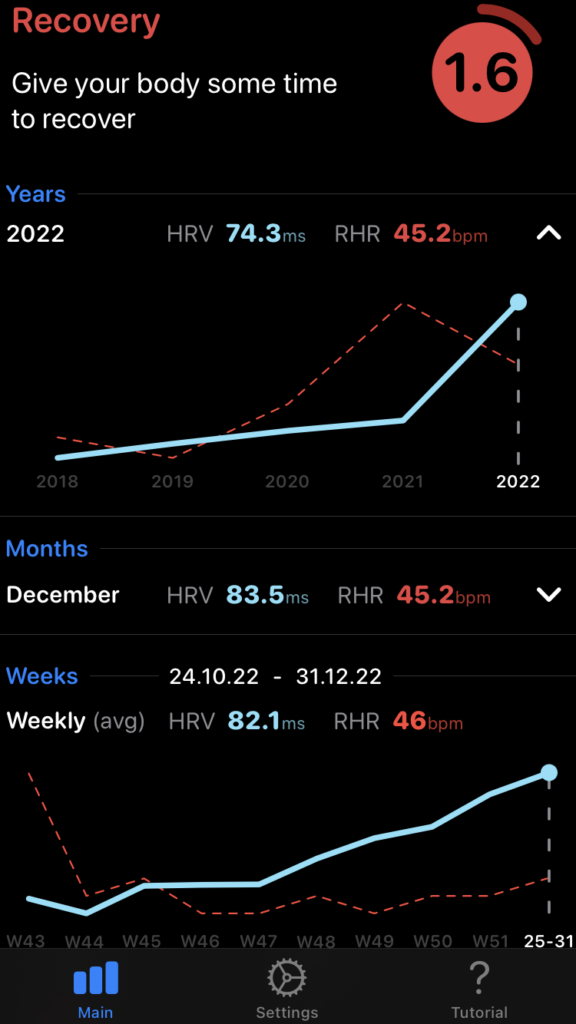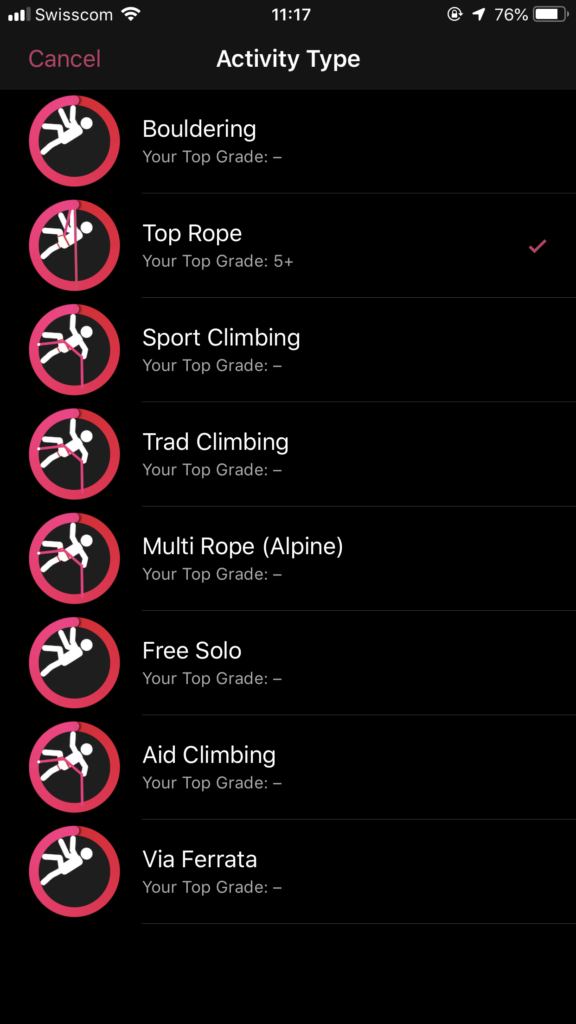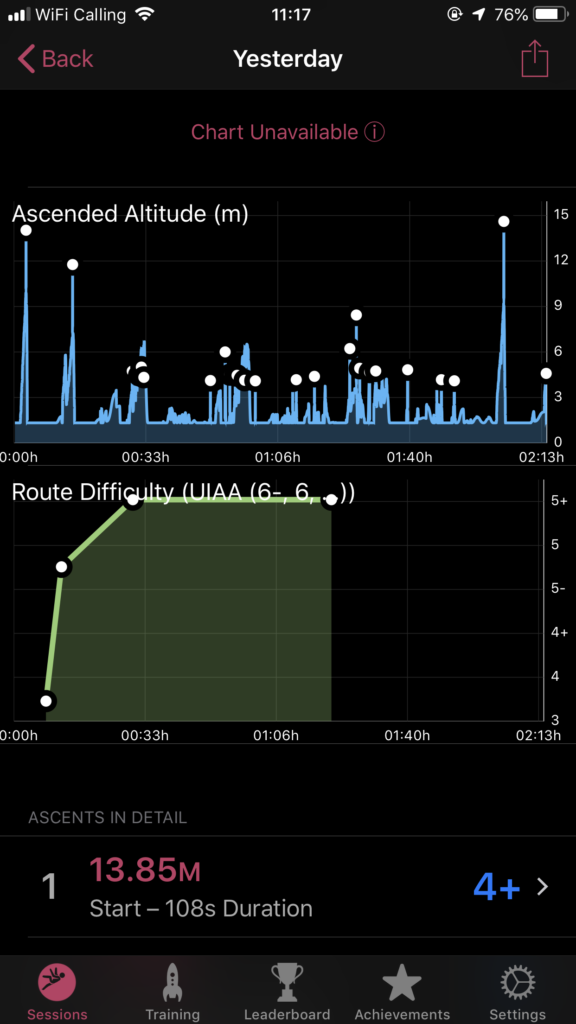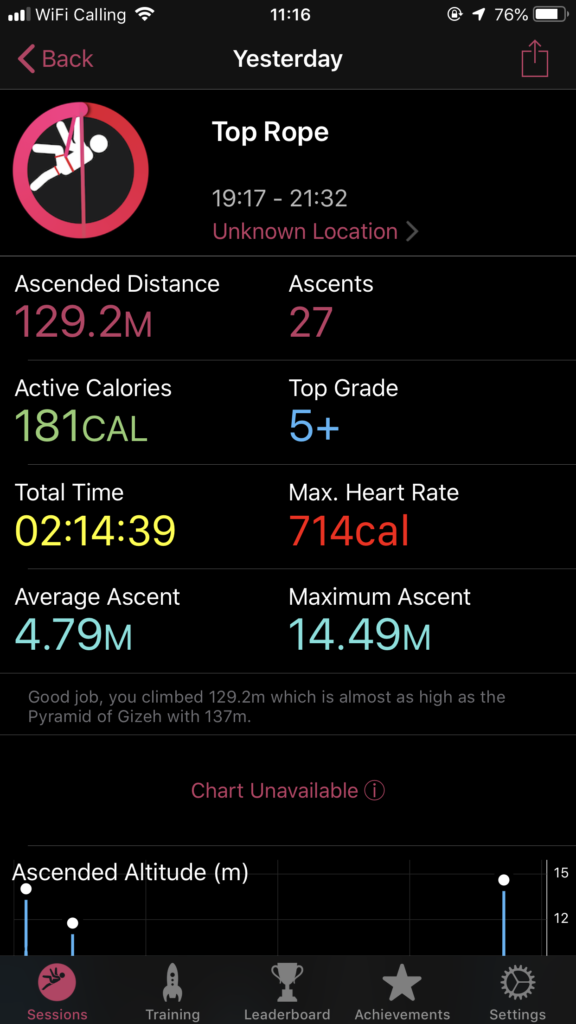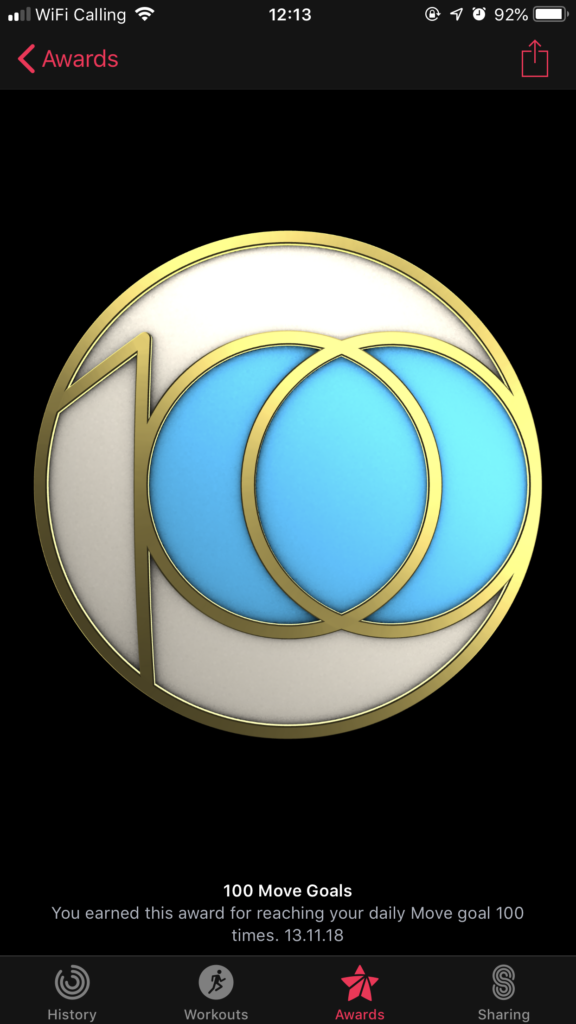My Lack Of Interest In the Apple Watch Ultra
I see people are training for ultrarunning events, scuba diving and more with the Apple Watch Ulta, but I feel no interest in such a watch. The first reason for my lack of interest is that the watch is stupidly expensive for something that lasts just 30 hours on a single charge. I would expect a watch to last at least three or four weeks between charges, and at least a week with daily use. The Ultra does neither.
The second reason for my lack of interest is that Apple watches are fragile. They are not protected from being bashed or knocked when climbing or doing other things. I broke one screen. indoor climbing. With Suunto watches I climbed for years with barely a scratch.
The Third reason is that when you’re diving in cold waters you want a big, clear, easy to read display that is reliable. I trust Suunto to make reliable dive computers, but as a secondary device. My primary device was a Mares Icon HD. This is a large, clear, easy to read dive computer. This is from a few years ago. The point is that for cold water diving I want specialist gear by specialist device makers. It has to be trustworthy.
The fourth reason is that there are perfectly suitable devices for between 100-350 CHF. You don’t need to spend more on a watch than on a fragile device. I want something that tracks my daily walks, hikes, runs and bike rides, without worrying about it breaking. Cheap devices have plenty of functionality. I’d even toy with the idea of getting an Apple watch SE, because cheap watches last as long as expensive watches and some devices are bought for three or four years of use, not a lifetime.
The fifth reason is that a touch screen is often not useful when hiking, diving and more. You need buttons because you can navigate by memory, rather than by looking intently, and because with buttons you don’t need to take your gloves off to use the device.
The Final reason is that Apple watches are designed to make you want to swap them out every second or third year. If you buy the top of the range watch this year then next year or the year after you will want to swap it out, and then again after that. It’s better to buy a watch at a reasonable price, that does what you want, that will least three to four years. The Series four lasted four years. The Suunto Spartan lasted until the strap started to break and the battery started to decline. The Ambit three lasted for many many happy years of use.
If we were not in a pandemic, and if life was normal I’d be focused on doing a variety of sports, and I wouldn’t be so distracted by devices. I’d get the gear I need for the sports I want to do, and I’d do them. My desire to experiment with a variety of devices is due to the pandemic. In better times I would be focused on driving hundreds of kilometres a month, to do things. Not at the moment.
And Finally
I get pleasure from looking at the breadth and diversity of options. If I choose the cheaper options then if I play with them for a year or two, before moving on, then I do not feel wasteful. Three or four years ago I was tempted to get a cycling computer but resisted that urge because I don’t have the use case for it. I do love to cycle but sports watches do the same, and more. They are not dedicated to a single use.



